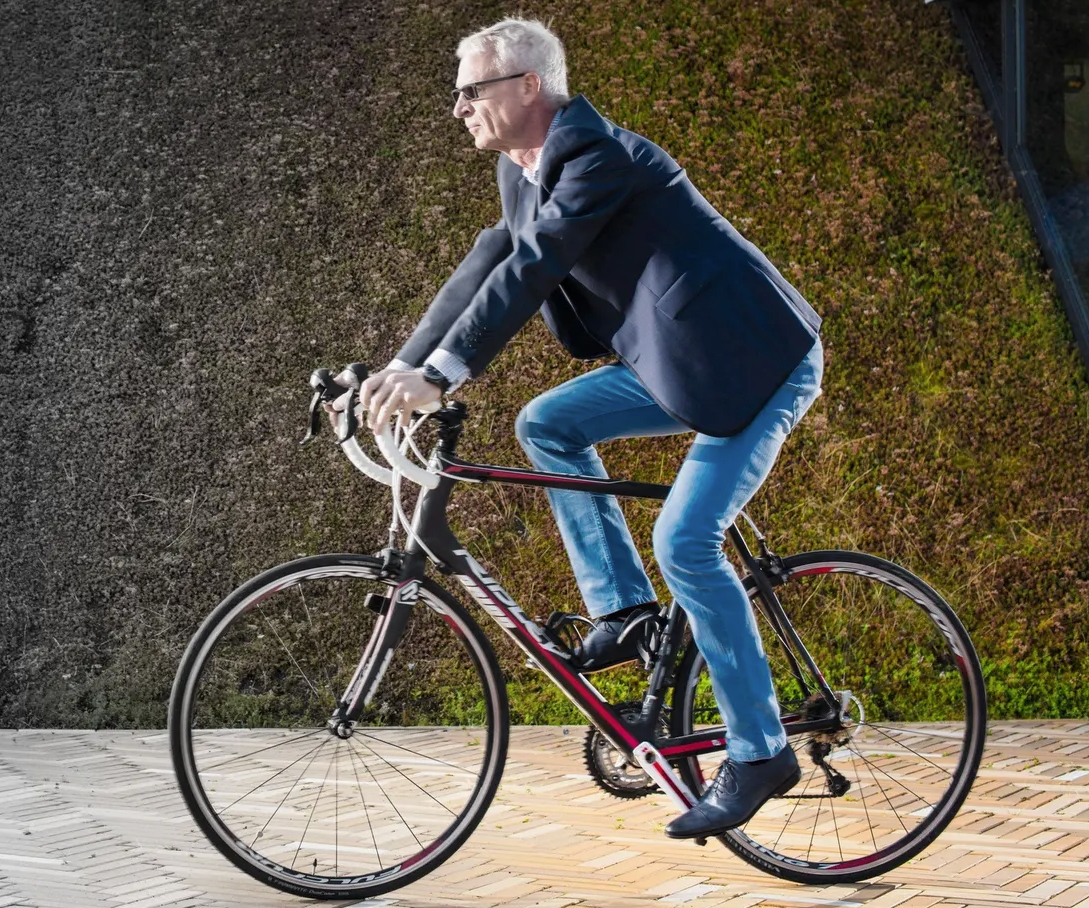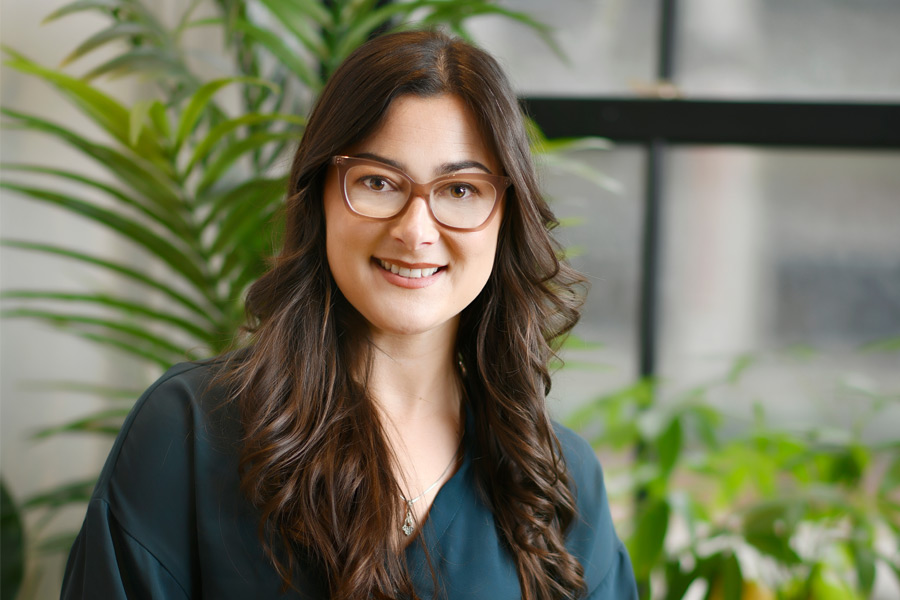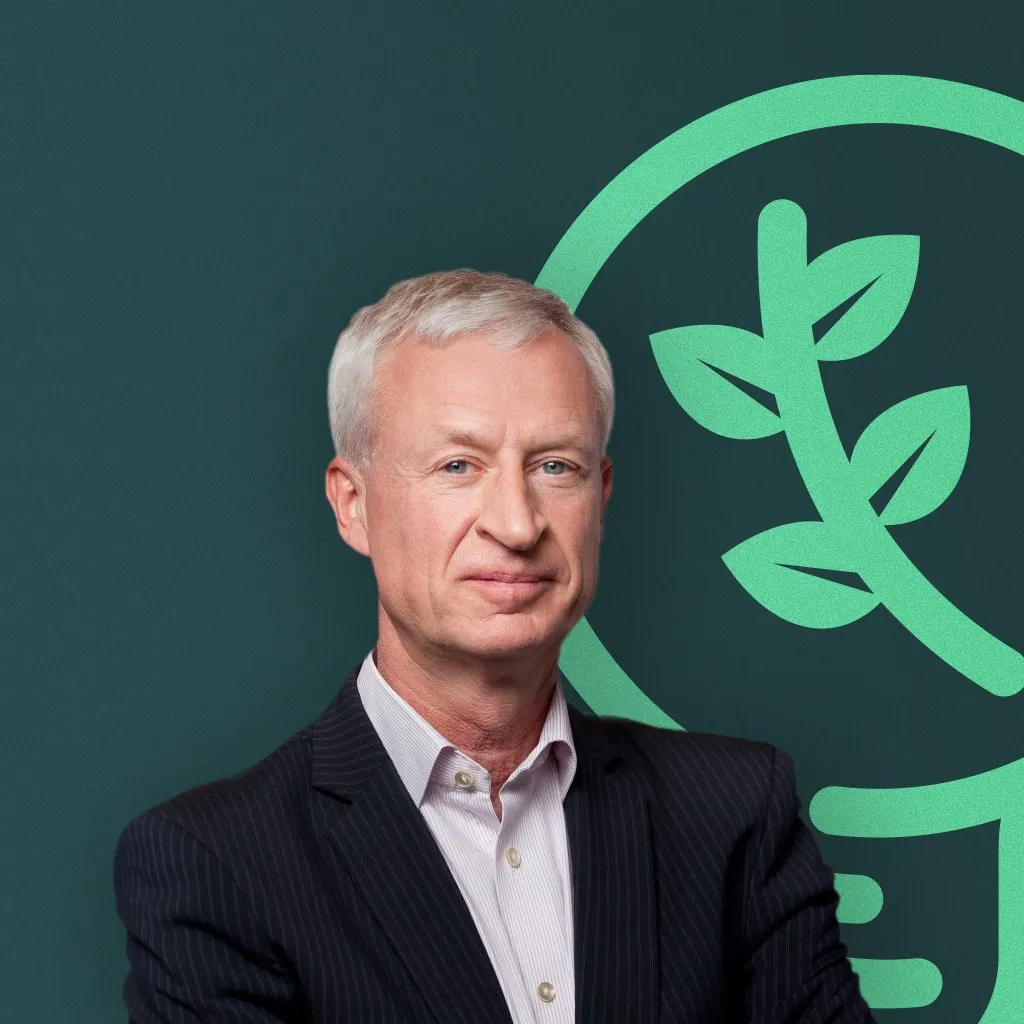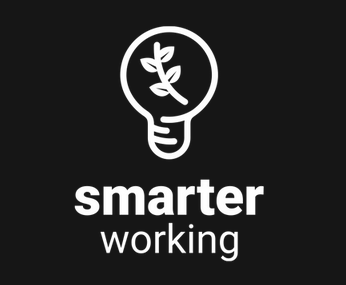with Laura Cohen and Philip Vanhoutte
Registered Counselling Therapist / Co-Author of “The Smarter Working Manifesto”
Many people are suffering from a “nature deficit disorder.” They are spending too much time indoors, and when they are outside they are engrossed in their devices. This spurred me to do an episode on this important topic with two people I deeply respect: Laura Cohen, who works from our Halifax office of Canada Career Counselling, and Philip Vanhoutte, a long-time mentor and collaborator based in Belgium. Interestingly, Philip was my first podcast guest on Where Work Meets Life, in October 2020, on “Why does it take a pandemic to change the way we work and live?”
Episode 61: Vitamin N: The Power of Nature in Work/Life Wellness
What led to your interest in incorporating nature into your therapy practice?
Laura Cohen explains that she began to incorporate nature into her therapy practice when she moved to Nova Scotia, where she had more access to nature as compared to her home city of Montreal, Quebec. She found that nature really helped her get through the difficult pandemic period. She decided to further her skills by taking evidence-based training in Maryland around nature therapy. She has been increasingly incorporating nature-based therapy into her work with clients.
Tell us, Philip, what led you to focus on nature in work?
Philip describes working on a farm and as a postman growing up. Then at university, he found himself spending most of his time indoors. His professional career followed, without much natural light. Philip’s passion for nature at work led him to launch Ozadi, with Rolandi Balli, in 2018. Ozadi is a movement around nature, helping people realize their full potential.
What is an interesting fact or research about nature and wellness?
Nature deficit is truly at play in the world. For instance, a study from last year found that most Americans spend 90% of their time indoors. Canadians spend six hours a day, on average, on their screens. Sadly, Laura Cohen notes that there has been a resurgence of Rickets[1] from people not getting enough Vitamin D.
Yet research points to how important nature is to our well-being. The fascinating “Mappiness project”[2] had over 3 million participants and found that people are most happy in natural environments, especially in coastal environments. And when it comes to focus, research has found that for children with ADHD, a 20-minute walk outside rivalled the effects of stimulants[3].
Nature deficit is truly at play in the world. For instance, a study from last year found that most Americans spend 90% of their time indoors. Canadians spend six hours a day, on average, on their screens
When it comes to designing spaces to live and work in, what is biophilic design? How can people build nature into their spaces to improve well-being?
Philip describes that according to biophilic design principles, there are 14 patterns of nature that can be included. Seven of these have to do with the direct presence of nature (sound, smell, touch). Incorporating biophilic design increases creativity, happiness and kindness; it boosts performance, relieves stress, and improves health.
If you can’t look outside, having a painting or picture of nature has benefits for your mental health, according to Laura Cohen. She also recommends natural light wherever possible, and having soundscapes in the background (e.g., a nature soundscape playlist). Further, incorporating daily outside time, such as a morning walk to start and/or end your day, is key. “We’re often in overdrive with our executive functioning and over-stimulated. Nature creates more time for introspection and creative thinking.”
How does nature inspire our creativity and innovation?
Philip describes how the inception of an idea is often birthed by clearing the mind, by sights and sounds that spur on creative thought, and by being alone with our thoughts. Visual backdrops, such as a view, are also important. Refuelling with nature during the workday is just as important as doing so before and after work. For example, taking 30 minute mid-morning and mid-afternoon nature breaks is recommended.
Refuelling with nature during the workday is just as important as doing so before and after work.
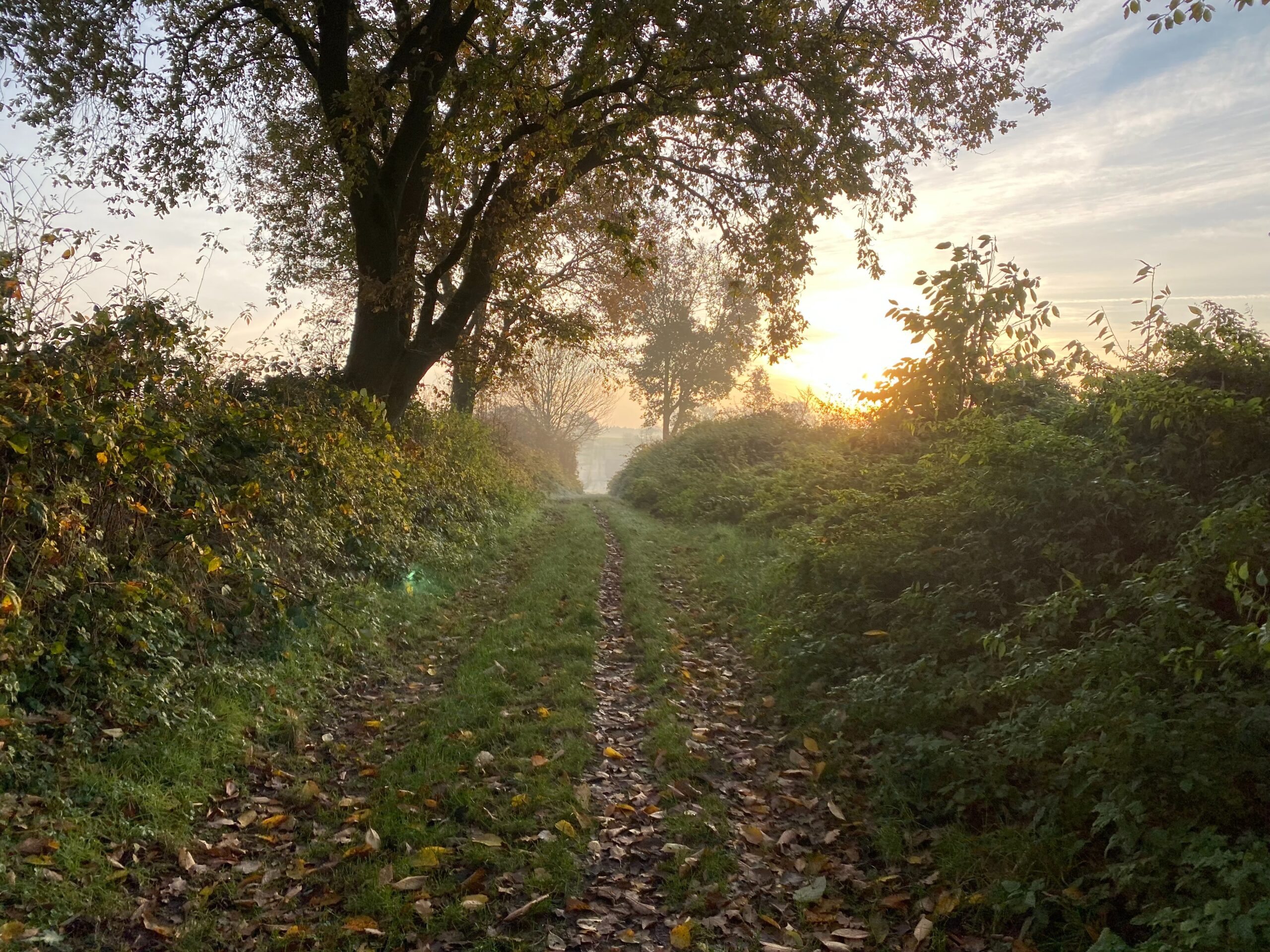
How do you practice what you preach when it comes to building nature into your workdays?
Laura Cohen builds in a morning walk, rain or shine. She will do her administrative work outside in the forest from her hammock on Fridays. She observes that a lot of the time we see nature as separate from us, so the next level involves reciprocity – developing a deeper relationship with nature.
Robin Kimmerer, an author Laura recommends, wrote “Braiding Sweetgrass” and Laura notes how our ancestors knew how to connect with nature at a deeper level. She loves learning about nature, different species, and developing an intuitive connection with nature.
Where we decide to live is important as well. Interestingly, there is a “Nature Quant” that provides a “nature score” for a given location in the world.
Philip integrates outdoor time into work through “weetings”, which are walking meetings. He makes sure to take regular breaks with nature, whether it’s in his garden, biking, walking, or through other activities.
What is a book or podcast you recommend?
Laura Cohen’s recommendations:
“Hello, Goodbye: 75 Rituals for Times of Loss, Celebration, and Change” by Day Schildkret and Elena Brower – It’s like a cookbook with 75 rituals for periods of loss, change and transition.
“SoulCraft” by Bill Plotkin – Written by a psychologist based out of Colorado, it’s a roadmap for soul searching which builds wilderness into the themes.
“Returning the Gift” PDF by Robin Kimmerer – An article on the gift of nature and how to develop that relationship.
Philip Vanhoutte’s recommendations:
“Nature by Design: The Practice of Biophilic Design” by Stephen R. Kellert
“The Nature Fix” by Florence Williams
“Forest Bathing” by Dr. Qing Li
What is one wish for a better world when it comes to nature?
Laura Cohen: For humans to connect with nature at a deeper level and not see it as separate from us.
Philip: For leadership to embrace the human dimensions in job and workspace design to a much greater extent.
About Laura Cohen:
Originally from Montreal, Laura is now based in Halifax with a 10 minute walk to the ocean. For the last 6 years, Laura has worked as a counsellor in universities, Employee Assistance Programs, and in private practice, including her own nature therapy practice and Canada Career Counselling.
Laura holds a Master’s degree in Counselling Psychology from McGill University and a Bachelor of Arts in Communications with a minor in Psychology from Concordia University. Laura has been a guest lecturer for organizations such as Dalhousie University, Concordia University, Canadian Counselling & Psychotherapy Association presenting on the mental health benefits of nature as well as, offers individual nature-informed therapy and outdoor groups therapeutic services for women and children for an embodied experience. She is also an intuitive, creative, and finds herself exploring the intersection of psychospiritual concepts and western psychology in her work as a nature therapist guiding her clients through the lens of transpersonal psychology, polyvagal theory, creative arts, and other modalities like Acceptance & commitment Therapy (ACT), Internal Family Systems.
Visit Laura Cohen’s website: lauracohen.org
Leveraging a rewarding international career in the ITC industry, Philip Vanhoutte’s passion for personal productivity tools and communication & collaboration solutions morphed into a singular purpose: accelerating the realization of human potential.
Philip champions the adoption of Smarter Working: a holistic human centred work design practice that unifies space, technology, and people disciplines. He co-authored The Smarter Working Manifesto, a definitive guide on how to shape the best work style. In his quest for health and joy at work he learned that Nature Deficit Disorder has produced highest ever burnouts, work induced sickness, and a struggling workforce. He campaigned for more nature at work with Ozadi at SXSW in Austin and GCUC in Denver.
Philip graduated from the Katholieke Universiteit Leuven in Belgium with a combined Applied Economics and Engineering degree and a major in Marketing. He started his career at Accenture Consulting, to continue with key change management roles at Engie and Wang Laboratories. In the second part of his IT career, he grew the MCI WorldCom International business, became Chief Marketing Officer at Sony-Ericsson Mobile Communications to finish a blue-chip career as SrVP and MD of Plantronics (now part of HP) Europe and Africa.
Since the Financial Crisis of 2008, Philip became a strong advocate of Agile Working with a passion for Human Dimensions of Organisations. He is known for transformational projects in award-winning offices which are acoustic temples and benchmarks for the biophilic built environment. He has advised Leesman, Veldhoen+Company and Work EvOHlution, and provided support to the founding of the Osservatorio Smart Working at the Politecnico di Milano.
Visit Philip Vanhoutte’s website: smarterworking.io
____________
[1] Hochberg, Z. E., & Hochberg, I. (2019). Evolutionary perspective in rickets and vitamin D. Frontiers in endocrinology, 10, 306
[2] MacKerron, G., & Mourato, S. (2013). Happiness is greater in natural environments. Global environmental change, 23(5), 992-1000
[3] Taylor AF, Kuo FE. Children with attention deficits concentrate better after walk in the park. J Atten Disord. 2009 Mar;12(5):402-9. doi: 10.1177/1087054708323000. Epub 2008 Aug 25. PMID: 18725656




